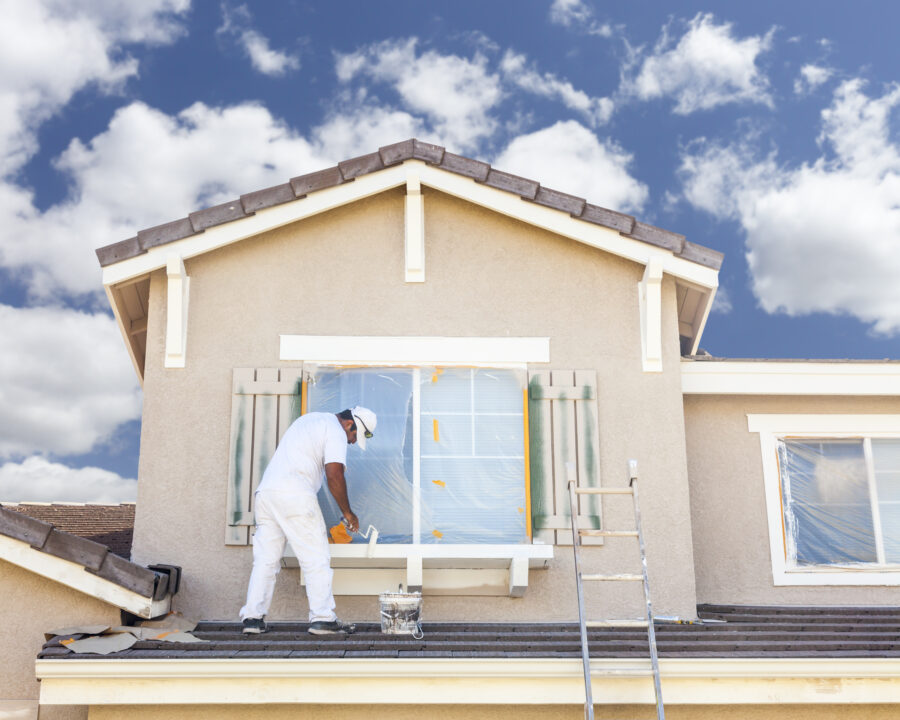Many people have learned about the concept of house flipping recently, especially as house flipping shows are cropping up in reality TV shows on HGTV and stories are circulated about the amount of money people are making this way.
While the shows make it look like an easy, two-week process, in reality there’s more to it than you might think at first. This doesn’t mean you need to be intimidated, especially as a first time house flipper. Here’s what you need to know when starting out.

Flipping A House
So what is house flipping? Simply put, it’s the process of buying a property, renovating it, and then selling it for profit. Since most homebuyers are looking for a move-in ready turnkey, if you’re willing to take on the project of renovation, you can make a pretty penny in the process. If you feel like you’re ready to take it on, here’s what you have to do.
Research Real Estate Markets
It’s important to scope out the market and see where you can get the most bang out of your buck. A lot of real estate investors will categorize neighborhoods by “class” starting from A and through D. Class A refers to areas with the wealthiest housing markets, B are middle class, C are more working class, and D are lowest income neighborhoods. Ideally, you can look into flipping homes in class B and C, as they’re most affordable and stable.
Set A Budget And Plan
You don’t need a fancy business plan, but you do need one in order to make sure you have your budget, scope, and timeline all set in advance. For new flippers, it’s best to start with cosmetic changes like new flooring, paint, fixtures, and bathroom and kitchen updates. Structural changes can quickly turn nightmarish, and you also might not want to have to start dealing with permits right off the bat. A project with only cosmetic changes will be lower risk, so you can learn from the experience without stressing too much.
Network With Contractors
Before starting a flipping project, you’ll need to have relationships with contractors in place. You can start looking at quotes even before a property in under contract. You’re going to need a team of contractors ranging from general contractors, roofers, plumbers, painters, electricians, and HVAC professionals. They are an integral part of the process, unless you’re planning to do the work yourself.

Network With Contractors
Find A House
As you continue with your flipping journey, you’ll learn how to find good deals when it comes to buying a house to flip. You need to buy a house below market value and make sure there are wide enough margins so that you can also cover expenses while still making a profit. You’ll need to pay closing costs, carrying costs, Realtor fees, and also the cost of work and time put into the project. It’s also important to remember that being patient is an important factor, don’t compromise because you’re rushing! Keep looking until you find the right house to flip.
Buy & Renovate
Once you find the perfect house to work on, it’s time to buy it! Once a contract is accepted, you should start by getting a home inspection in order to make sure that there won’t be any surprises along the way. Once that has been figured out, it’s time to start renovating.
Once you start, it’s a race against the clock. The more time you spend working on the house, you’ll need to keep paying taxes, insurance, utilities, and all the other costs associated with owning a property.
That’s why it’s important to have a plan and stick to it as much as possible. The less time you spend on a project, the less money you’ll have to spend on it too.

Buy & Renovate
Sell It
The final stage of flipping is selling. This is when having a good realtor comes into play. They can help you with coming up with pricing, though ultimately it’s up to you. Once you sell, you can enjoy the face that you succeeded, and hopefully have made a profit!
Getting into flipping is not a cakewalk, but with a lot of planning and hard work, it is definitely doable. Research will help you plan, but ultimately the best way to learn is just by doing and learning along the way.






